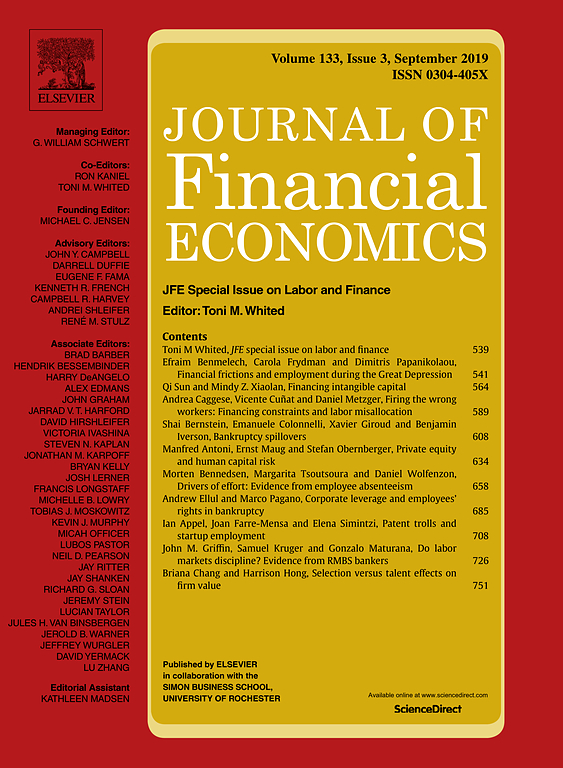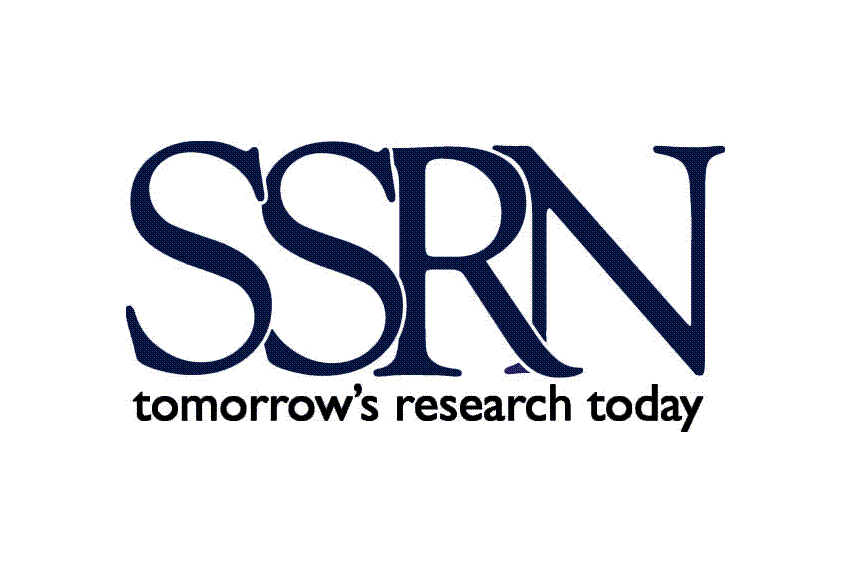Public Capital Markets and Startup Creation
High Growth - High Impact Startups is a research group that studies how high-growth startups emerge and evolve to tackle society’s most urgent challenges and enhance human well-being. The group focuses particularly on two sectors: Femtech—startups founded by women to advance women's health and well-being—and Deeptech—science-driven startups rooted in cutting-edge academic research.
Leveraging large-scale data on venture capital–backed startups, our research explores:
1. The educational, immigration, and professional backgrounds of startup founders;
2. The scale-up phase, when startups access public capital markets;
3. The transition of startups into mature firms that seed the next generation of high-growth ventures.
By examining the full startup life cycle, we illuminate the critical role these firms play in driving innovation, advancing technology, and improving the quality of life for individuals and communities.
Research Cluster
Economic Dynamics and StabilityYour contact

- Department Laws, Regulations and Factor Markets
Refereed Publications

The Labor Effects of Judicial Bias in Bankruptcy
in: Journal of Financial Economics, No. 2, 2023
Abstract
We study the effect of judicial bias favoring firm continuation in bankruptcy on the labor market outcomes of employees by exploiting the random assignment of cases across courts in the State of São Paulo in Brazil. Employees of firms assigned to courts that favor firm continuation are more likely to stay with their employer, but they earn, on average, lower wages three to five years after bankruptcy. We discuss several potential mechanisms that can rationalize this result, and provide evidence that imperfect information about outside options in the local labor market and adjustment costs associated with job change play an important role.

Political Ideology and International Capital Allocation
in: Journal of Financial Economics, No. 2, 2023
Abstract
Does investors’ political ideology shape international capital allocation? We provide evidence from two settings—syndicated corporate loans and equity mutual funds—to show ideological alignment with foreign governments affects the cross-border capital allocation by U.S. institutional investors. Ideological alignment on both economic and social issues plays a role. Our empirical strategy ensures direct economic effects of foreign elections or government ties between countries are not driving the result. Ideological distance between countries also explains variation in bilateral investment. Combined, our findings imply ideological alignment is an important, omitted factor in models of international capital allocation.

The Effects of Public and Private Equity Markets on Firm Behavior
in: Annual Review of Financial Economics, November 2022
Abstract
<p>In this article, I review the theoretical and empirical literature on the effects of public and private equity markets on firm behavior, emphasizing the consequences that emerge from disclosure requirements, ownership concentration, and degree of firm standardization. While publicly listed firms benefit from a lower cost of capital, enabling increased focus on commercialization and profitability, they are less suited to pursue long-term risky investments. Privately held firms are better equipped to pursue innovative projects but face a higher cost of capital, which limits their growth. Complementarities between public and private equity markets can mitigate their respective limitations. Innovation in private equity markets supplements commercialization efforts of public firms, and demand for innovation by public firms accelerates entrepreneurial activity in private equity markets. I conclude by discussing directions for future research.</p>

The German Model of Industrial Relations: Balancing Flexibility and Collective Action
in: Journal of Economic Perspectives, No. 4, 2022
Abstract
We give an overview of the "German model" of industrial relations. We organize our review by focusing on the two pillars of the model: sectoral collective bargaining and firm-level codetermination. Relative to the United States, Germany outsources collective bargaining to the sectoral level, resulting in higher coverage and the avoidance of firm-level distributional conflict. Relative to other European countries, Germany makes it easy for employers to avoid coverage or use flexibility provisions to deviate downwards from collective agreements. The greater flexibility of the German system may reduce unemployment, but may also erode bargaining coverage and increase inequality. Meanwhile, firm-level codetermination through worker board representation and works councils creates cooperative dialogue between employers and workers. Board representation has few direct impacts owing to worker representatives' minority vote share, but works councils, which hold a range of substantive powers, may be more impactful. Overall, the German model highlights tensions between efficiency-enhancing flexibility and equity-enhancing collective action.

Who Creates New Firms When Local Opportunities Arise?
in: Journal of Financial Economics, No. 1, 2022
Abstract
We examine the characteristics of the individuals who become entrepreneurs when local opportunities arise. We identify local demand shocks by linking fluctuations in global commodity prices to municipality-level agricultural endowments in Brazil. We find that the firm creation response is mostly driven by young and skilled individuals. The characteristics of these responsive entrepreneurs are significantly different from those of average entrepreneurs in the economy. By structurally estimating a novel two-sector model of a local economy, we highlight how the demographic composition of the local population can significantly affect the entrepreneurial responsiveness of the economy.
Working Papers

Can Nonprofits Save Lives Under Financial Stress? Evidence from the Hospital Industry
in: SSRN Working Paper, No. 4946064, 2024
Abstract
<p>We compare the effects of external financing shocks on patient mortality at nonprofit and for-profit hospitals. Using confidential patient-level data, we find that patient mortality increases to a lesser extent at nonprofit hospitals than at for-profit ones facing exogenous, negative shocks to debt capacity. Such an effect is not driven by patient characteristics or their choices of hospitals. It is concentrated among patients without private insurance and patients with higher-risk diagnoses. Potential economic mechanisms include nonprofit hospitals' having deeper cash reserves and greater ability to maintain spending on medical staff and equipment, even at the expense of lower profitability. Overall, our evidence suggests that nonprofit organizations can better serve social interests during financially challenging times.</p>

R&D Tax Credits and the Acquisition of Startups
in: IWH Discussion Papers, No. 15, 2023
Abstract
We propose a novel mechanism through which established firms contribute to the startup ecosystem: the allocation of R&D tax credits to startups via the M&A channel. We show that when established firms become eligible for R&D tax credits, they increase their R&D and M&A activity. In particular, they acquire more venture capital (VC)-backed startups, but not non-VC-backed firms. Moreover, the impact of R&D tax credits on firms’ R&D is increasing with their acquisition of VC-backed startups. The results suggest that established firms respond to R&D tax credits by acquiring startups rather than solely focusing on increasing their R&D intensity in-house. We also highlight evidence that startups do not appear to benefit from R&D tax credits directly, perhaps because they typically lack the taxable income necessary to directly benefit from the tax credits. In this context, established firms can play an intermediary role by acquiring startups and reallocating R&D tax credits, effectively relaxing the financial constraints faced by startups.














